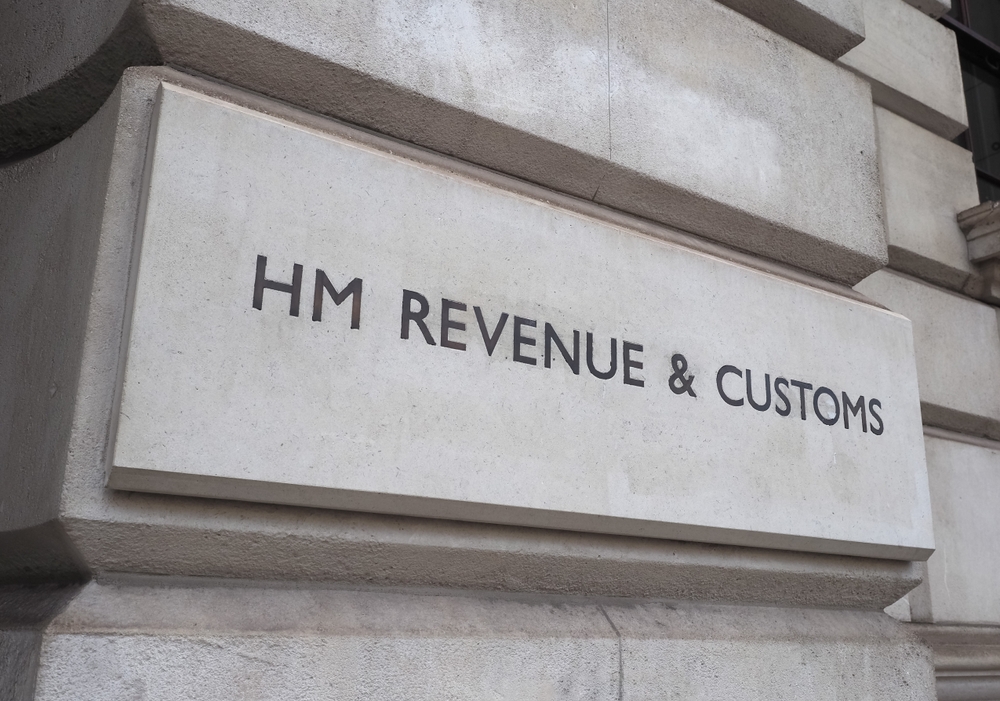In the Autumn Budget 2024, Rachel Reeves, the Chancellor of the Exchequer, committed to ending the Energy Profits Levy (“EPL”) in March 2030 or earlier if the Energy Security Investment Mechanism (“ESIM”) is triggered. The government intends to introduce a new mechanism that will respond to future oil and gas price shocks and ensure the sector’s contribution to public finances reflects any unusually high oil and gas prices. In March 2025, a consultation was published on how this new mechanism might function. The responses will inform the government’s decision to implement a predictable and workable mechanism.
David Pickstone and Anastasia Nourescu summarise how oil and gas are currently taxed, the two models being considered and how an “unusually high price” could be defined for the purposes of the new mechanism.
How are oil and gas activities taxed?
Oil and gas activities are subject to a distinct fiscal regime designed to encourage investment in this area while ensuring a fair return on the exploitation of national resources. The industry has generated over £400bn in production taxes since the late 1960s. While Britain’s net zero policy aims to maximise the use of green energy sources, estimates suggest that in 2050, the UK may still require a quarter of the gas it is currently using and will still use some oil in transport and manufacturing. According to the consultation, the sector is expected to generate a further £19bn in tax between now and 2030.
The current regime consists of three permanent tax charges and one temporary element (the EPL), as well as several types of capital allowances and reliefs:
- Ring Fence Corporation Tax (RFCT) – A different type of corporation tax applies to oil and gas producers. RFCT applies at a rate of 30% (as opposed to the normal 25%). It is calculated in the same way as corporation tax, but oil and gas exploration is, in effect, treated as a separate trade, which prevents the reduction of profits by losses from other activities or excessive interest payments. One hundred percent First Year Allowances are available in respect of capital expenditure and can be deducted from profits for the purposes of calculating RFCT.
- Supplementary Charge (SC) – This is a further 10% charge on a company’s ring-fence profits, which are adjusted so that there is no deduction for finance costs. Investment Allowances are available on capital expenditure (62.5% for offshore activities and 75% for onshore activities) and are deducted from profits when calculating the SC.
- Petroleum Revenue Tax (PRT) – This is a tax on extraordinary profits arising from individual oil and gas fields. PRT only applies in respect of fields given development consent before 16 March 1993 and has been abolished for fields given consent after that date. Furthermore, since 1 January 2016, the rate of PRT has been set to 0%; it has not been abolished altogether so as to allow companies to continue to carry back trading losses and decommissioning costs.
- Energy Profits Levy (EPL) – This is a temporary additional 38% charge on extraordinary profits within the oil and gas sector in light of global events, including increasing demand for energy following Covid-19 and Russia’s war in Ukraine. The EPL was introduced in May 2022 and is due to end on 31 March 2030 or earlier if oil and gas prices fall to or below prices set out in the ESIM.
The focus of the consultation is a new oil and gas price mechanism that will come into effect once the EPL has ceased. The government is not currently consulting on the taxation of oil and gas more broadly. However, the government is consulting separately on the framework for the North Sea’s energy future.
Two possible mechanisms
The aim is to design a new mechanism to respond to future oil and gas price shocks by reference to five key policymaking objectives:
- Delivering a fair return on the exploitation of the UK’s natural resources at times of unusually high prices,
- Ensuring predictability and providing certainty to the oil and gas sector,
- Minimising influence and distortions on investment decisions made during times of normal oil and gas prices by only applying to the profits made by companies when prices are unusually high,
- Minimising administrative burdens for taxpayers and HMRC, and
- Reflecting the difference between oil and gas markets.
With those policy objectives in mind, the government has identified two potential models for a new oil and gas prices mechanism:
- Revenue-based model (RBM): This option would focus on taxing revenues exceeding certain thresholds set separately for oil and gas. It would calculate tax on the difference between the threshold and the actual revenue, using realised sales prices rather than market prices to ensure the true value is taxed. The RBM would tax each transaction or grouped transactions to efficiently capture high prices, relying on companies’ existing records of transaction details to keep administrative burdens to a minimum. Costs cannot be deducted; however, the thresholds would consider operating and investment costs, along with cost increases over time. The RBM aims to avoid double taxation, taxing revenues at the first point of sale following extraction.
- Profit-based model (PBM): This option would target profits deemed attributable to unusually high prices by comparing an “average market price” to a threshold. At the end of an accounting period, the company would calculate the applicable proportion of profits based on the average market price exceeding the threshold. For example, if the average market price of oil were $9 per barrel with a $6 threshold, 33.33% of the company’s profits would be deemed attributable to unusually high prices. Adjusted ring fence profit figures would be used, excluding costs such as decommissioning and including in-year losses. The government is considering using a proxy to distinguish between profits arising from oil and gas but acknowledges that may prove challenging to implement.
The government’s initial view is that the RBM offers a more efficient way to target gains from unusually high prices, while reducing the impact on investment decisions and making it easier to differentiate between oil and gas. However, the consultation invites views on the strengths and weaknesses of each option, as well as the details of their implementation.
What is an “unusually high price”?
Whichever option the government decides to implement, the tax will only apply when oil and gas prices are unusually high. Prices will be “unusually high” when they exceed a certain threshold, and the government will need to decide what the threshold should be. The government considers that two thresholds, one for oil and one for gas, should be sufficient but invites views on whether any additional thresholds are necessary, eg for different blends, types and categories of oil and gas.
The government intends to set the thresholds by reference to backwards-looking, historical data and forward-looking forecast data, as well as the costs of operating and investing in UK oil and gas production. Views are invited on the proposed approach to setting the thresholds, including the relevant data and the period the data should cover.
The thresholds are intended to be adjustable over time to ensure the proportion of profit attributable to unusually high prices remains constant in real terms. There is a question over whether the thresholds should be automatically adjusted on an annual basis, possibly by reference to UK GDP.
Closing date
The call for evidence closes on 28 May 2025. The outcome of the consultation will have a significant impact on producers and other oil and gas operators, who may wish to submit responses to ensure that the new mechanism that is implemented reflects industry views and practices.
You can find further information regarding our expertise, experience and team on our Tax Litigation and Resolution page.
If you require assistance from our team, please contact us.
Subscribe – In order to receive our news straight to your inbox, subscribe here. Our newsletters are sent no more than once a month.







